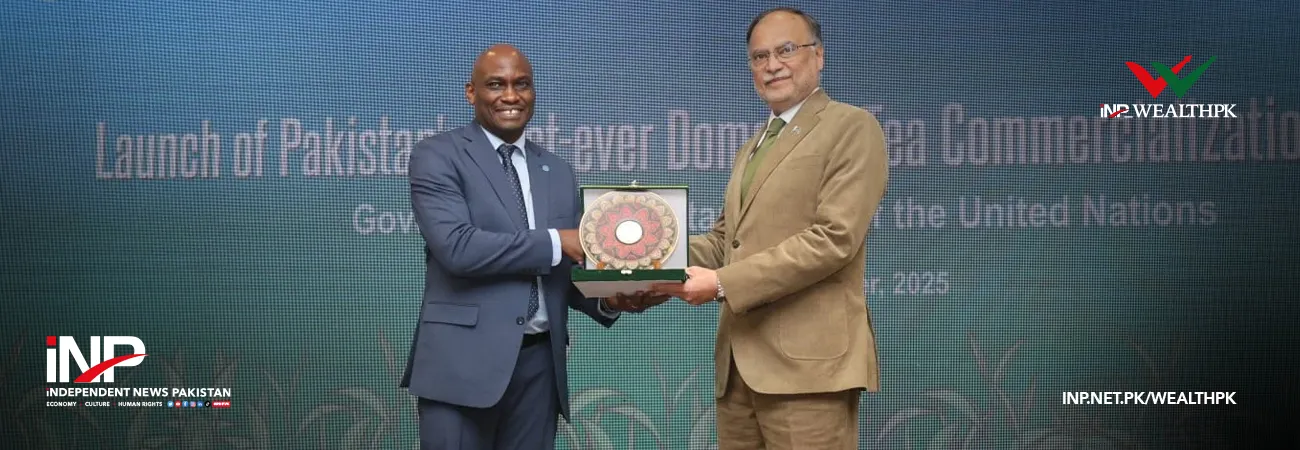INP-WealthPk
Moaaz Manzoor
Pakistan’s recent progress in reducing circular debt marks a rare window of stronger governance and fiscal discipline, but lasting stability hinges on structural reforms rather than accounting fixes, opined experts while talking with WealthPK.

The experts underlined that while refinancing and stock clearance had trimmed the power sector liabilities to Rs1.6 trillion by June 2025, deeper changes in pricing, recoveries, and distribution efficiency were needed to sustain the gains. Speaking with WealthPK, Muhammad Waqas Ghani, Head of Equity Research at JS Global Capital, said the recent progress reflected urgency and a move in the right direction in tackling the sector’s long-standing inefficiencies.
He pointed out that the planned Rs1.27 trillion refinancing deal, pending the Chinese government’s approval, could further lower liabilities and give Pakistan an additional breathing space. At the same time, he cautioned that unless recoveries were enforced and electricity pricing became cost-reflective, the underlying challenges would persist.
The official Circular Debt Report shows that total liabilities dropped by nearly 33% year-on-year from Rs2.393 trillion in June 2024 to Rs1.614 trillion by June 2025. This was largely driven by the government’s stock clearance drive, which injected Rs801 billion into the power producers. As a result, payables to the independent power producers fell to Rs861 billion, compared with Rs1.6 trillion a year earlier.
GENCOs’ dues to the fuel suppliers also declined to Rs93 billion, while the amount parked in the Power Holding Limited eased slightly to Rs660 billion. Adding another perspective, Engineer Ahad Nazir, Program Manager at the Sustainable Development Policy Institute (SDPI), stressed that the decline, while impressive, was largely driven by refinancing.
“While the decline to Rs1.6 trillion marks progress, it is mainly driven by accounting adjustments rather than fundamental structural changes in the sector,” he explained. A six-year Islamic finance facility worth Rs1.275 trillion was raised from 18 banks to replace the costly PHPL obligations, he added. This move reduced late-payment surcharges and provided liquidity relief, but shifted the liability into commercial debt that will eventually be serviced through tariffs or the budget under IMF supervision.
Despite these concerns, experts agree that the decline demonstrates improved coordination, fiscal space, and governance in the power sector. Distribution inefficiencies and under-recoveries, though still present, have shown visible improvements. Under-recoveries fell sharply to Rs132 billion from Rs315 billion last year, while inefficiencies in DISCO operations added Rs265 billion, almost flat compared to the prior year.
Nazir added that further gains required enforceable incentives for distribution companies, greater transparency in tariff adjustments, and acceleration of advanced metering systems to curb leakages.
Credit: INP-WealthPk













